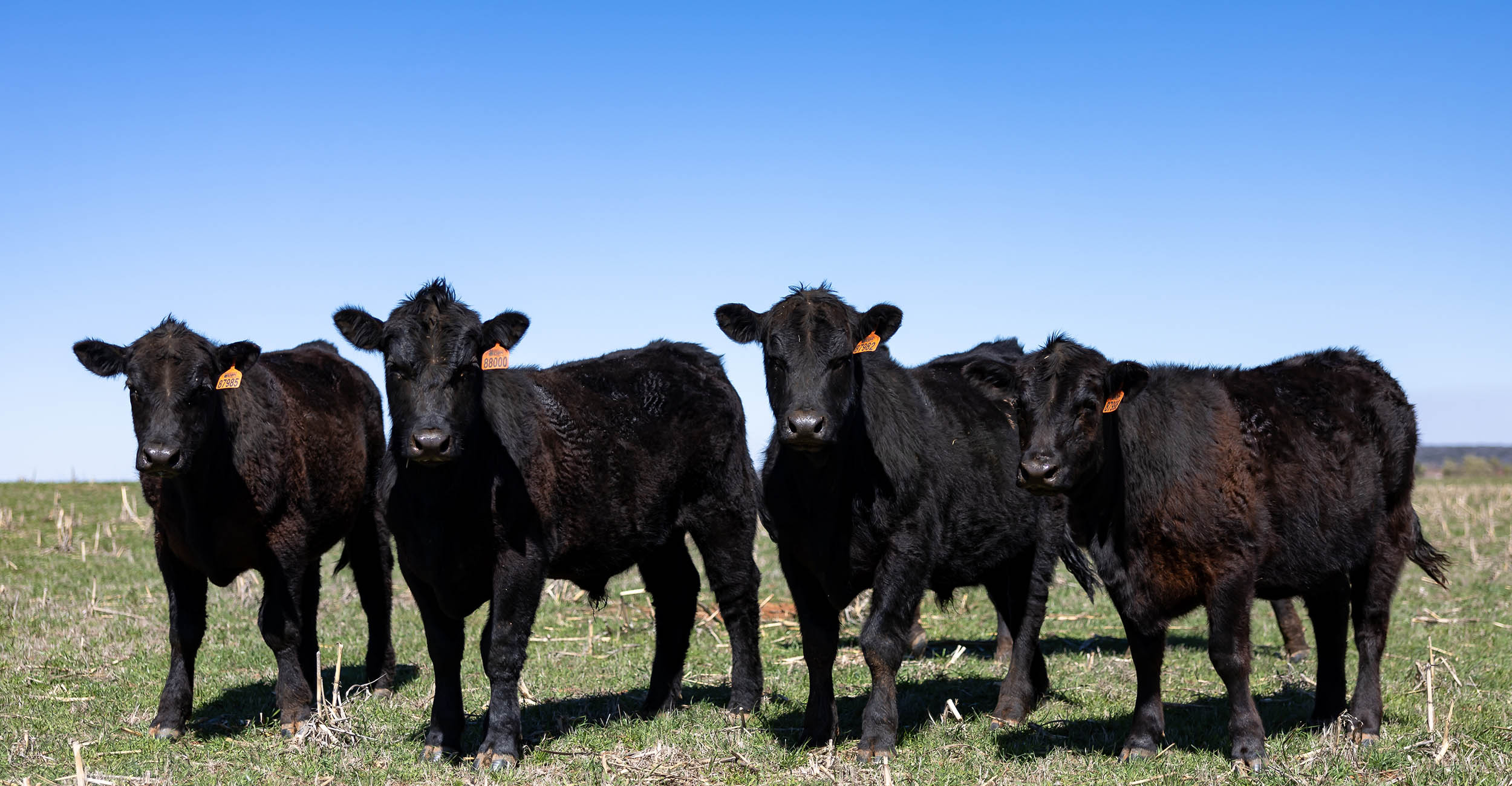Census data reports latest trends in ag land use, cattle herd size and more

Oklahoma State University Extension specialists are evaluating numbers from the 2022 U.S. Census of Agriculture released earlier this year to follow the latest trends in agriculture.
Taken once every five years, the census counts the land and people involved in U.S. agricultural operations earning $1,000 or more in products raised or sold during the census year. The Census of Agriculture examines land use and ownership, production practices, income and expenditures, among other factors.
Amy Hagerman, OSU Extension ag policy specialist, said the census is useful information that can help people better understand how county trends compare to the rest of the state or country.
Hagerman explained the data was collected in 2022 when drought riddled much of the southern Plains.
“We have to be careful when interpreting any decline in crop acreage or livestock numbers because the census is a snapshot in time (during drought),” she said.
She and OSU Extension colleagues JJ Jones and Andrew Van Leuven identified the following takeaways in the latest U.S. Census of Agriculture.
Oklahoma trends
Relative to the national average, Oklahoma had a greater decline in producers overall and a greater decline in agricultural land.
- In 2022, 21.4 million acres were used for pastureland, and 10.9 million acres were used for cropland, compared to 19.5 million acres and 11.7 million acres in 2017.
- In 1997, wheat made up 34% of cropland. By 2022, wheat was 24% of cropland – a decline of 51%.
“We need to understand the role of urbanization in land moving out of agriculture and determine if the usage of permanent ag easement programs is increasing,” Hagerman said. “That would indicate people are concerned about land removed from agricultural use. Is there an interest in preserving more land for ag in the future? This needs to be explored with research.”
Percentage changes in operation size and overall ag operations: the acreage of an ag operation in the Oklahoma City area is shrinking while other parts of the state, such as northwestern Oklahoma, are growing in operation size.
“The number of operations statewide is declining significantly more quickly than the total acres in agricultural operations, suggesting consolidation among operations,” Hagerman said.
Ag operations along the Interstate 44 corridor are increasing, especially for female producers. Female producers also account for a larger share in multi-producer operations, implying more operation partnerships.
Beef inventory and beef operations are declining, but the average herd size is increasing.
- Forty-six percent of people in Oklahoma who own cattle own less than 20 head.
- Seventy-five percent of cattle producers own less than 50 head.
“Smaller producers are growing beef for their own consumption or for show animals, student projects or for a hobby,” Hagerman said. “On the other hand, consolidated operations are multi-generational family farms with large herds. We’re seeing less middle-sized cattle herds because making the profit margin is difficult.”
Agricultural households report lower levels of broadband access in the northwestern part of the state compared to other areas of Oklahoma.
“I’m surprised to see broadband adoption numbers decrease slightly in the panhandle,” said Brian Whitacre, OSU Extension specialist in rural economic development. “Ever since COVID hit, we’ve seen those numbers increase as people realize how important broadband access is.”
Whitacre said Oklahoma has improved broadband access for residents statewide, and broadband adoption in agricultural households overall is growing. In fact, the percentage of all Oklahoma households with a broadband connection rose from 83.6% in 2019 to 88.6% in 2022 – an impressive 5% jump in three years.
The average age of an Oklahoma ag producer is the late 50s. The age is older in the panhandle and younger in central and western Oklahoma.
“The average producer age has been trending up slightly or fairly flat for several census years, but the number of new and beginning producers replacing older ones or working alongside them in northwest and western Oklahoma is surprising,” Hagerman said. “It’s encouraging to see younger producers, especially in parts of the state with larger operations. That might be an indicator that people are returning to the farm.”
Review Oklahoma’s 2022 agricultural census data on the USDA website. For more information about the latest ag census or other ag policy questions, contact Hagerman.
PHOTO: The 2022 U.S. Census of Agriculture reports that 75% of Oklahoma cattle producers own less than 50 head. (Photo by Mitchell Alcala, OSU Agriculture)



